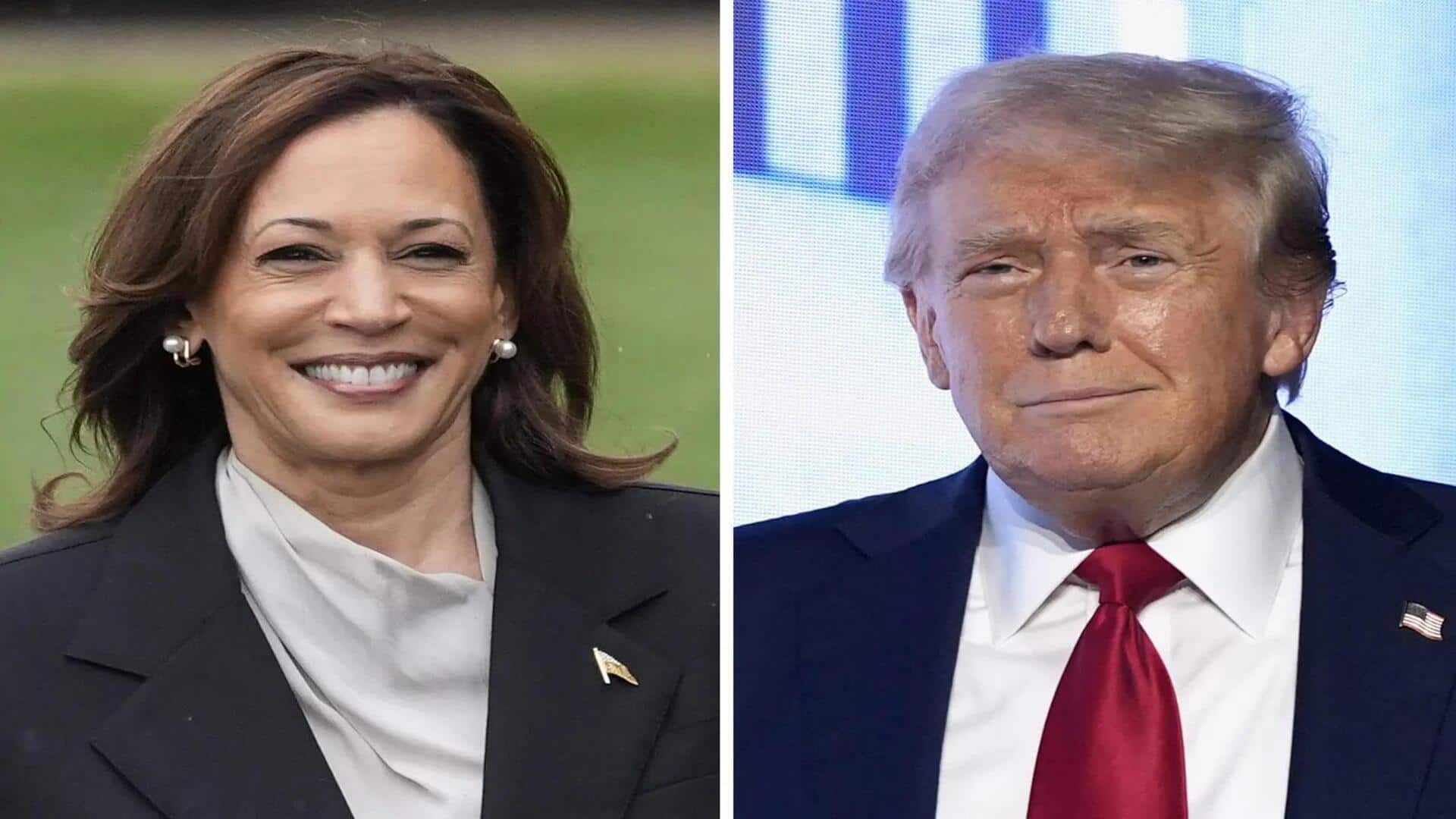
Why US votes in November, but president swears-in in January
What's the story
The United States has a peculiar electoral timeline where citizens vote in November but the newly-elected president is sworn in January. The tradition dates back to 1845 when the first Tuesday of November was selected as election day to suit an agricultural society. The time between early November and mid-winter was deemed perfect for travel after harvest.
Transition timeline
Historical transition period and the 'lame duck' amendment
Originally, the US Constitution provided for a four-month transition period for power transfer from an outgoing president to their successor. This was later reduced to just under three months during the Great Depression with the ratification of the 20th Amendment in 1933. The amendment sought to shorten what is often referred to as the "lame duck" period.
Electoral system
Electoral College's role in US presidential elections
The Electoral College system, which was established in the Constitution of 1787, is central to this transition period. It was designed as a compromise between electing the President by Congress or by popular vote. State legislatures appoint electors who make up the Electoral College, which officially determines the president weeks after the popular vote is cast.
Election dynamics
Swing states and electoral strategies in US elections
The current electoral cycle is largely centered around important swing states like Pennsylvania, Michigan, Wisconsin (the Rust Belt), and Arizona, Nevada, Georgia, North Carolina (the Sun Belt). With Kamala Harris on the Democratic ticket for the 2024 election, these states have become more competitive. This change widens the possible combinations to reach the required 270 electoral votes to win the presidency.
Power transfer
Transition period
The transition period also marks an important time for the president-elect to prepare for governance. This includes putting together a cabinet, formulating policies, and tackling key national issues. While it delays the immediate assumption of office, it gives the incoming administration access to transition funding and other necessary resources. It also paves the way for important briefings from the outgoing administration for a smooth power handover.